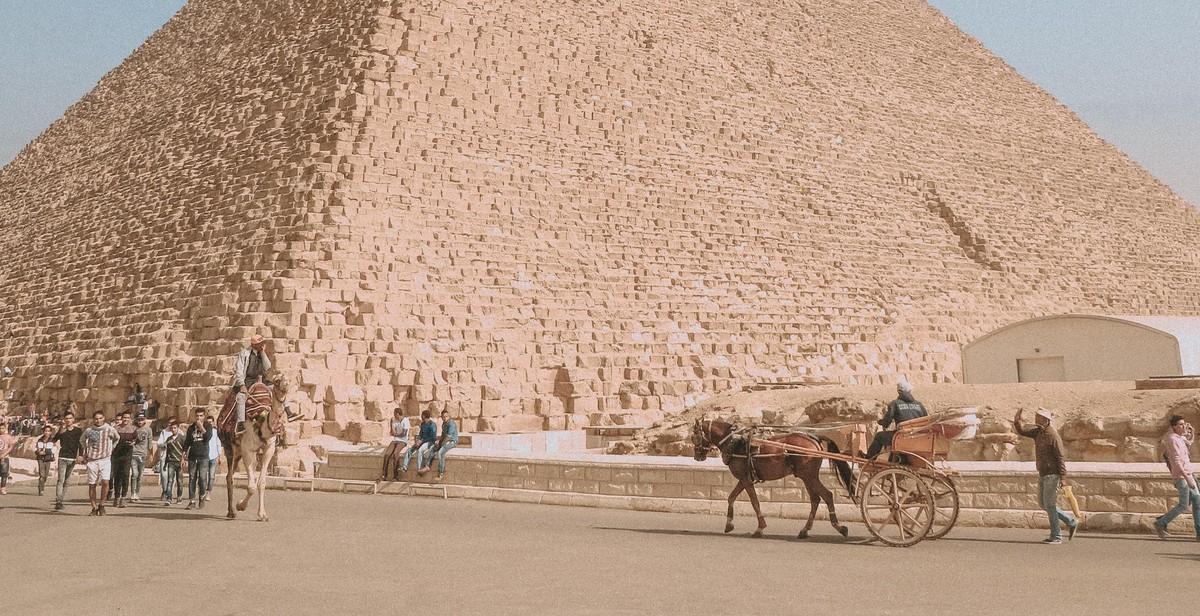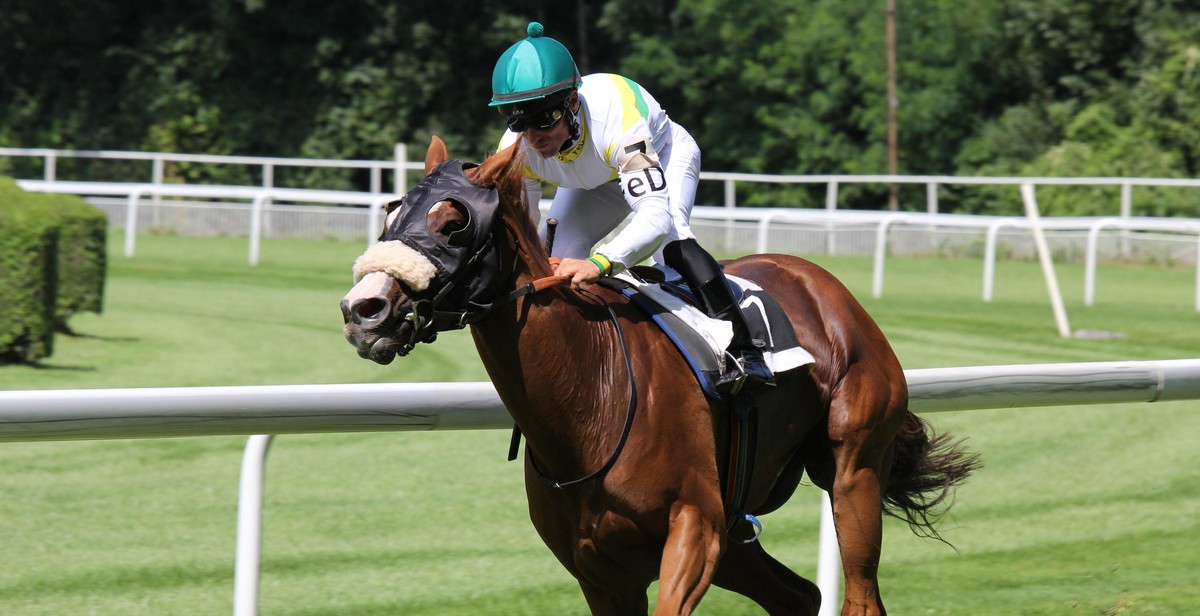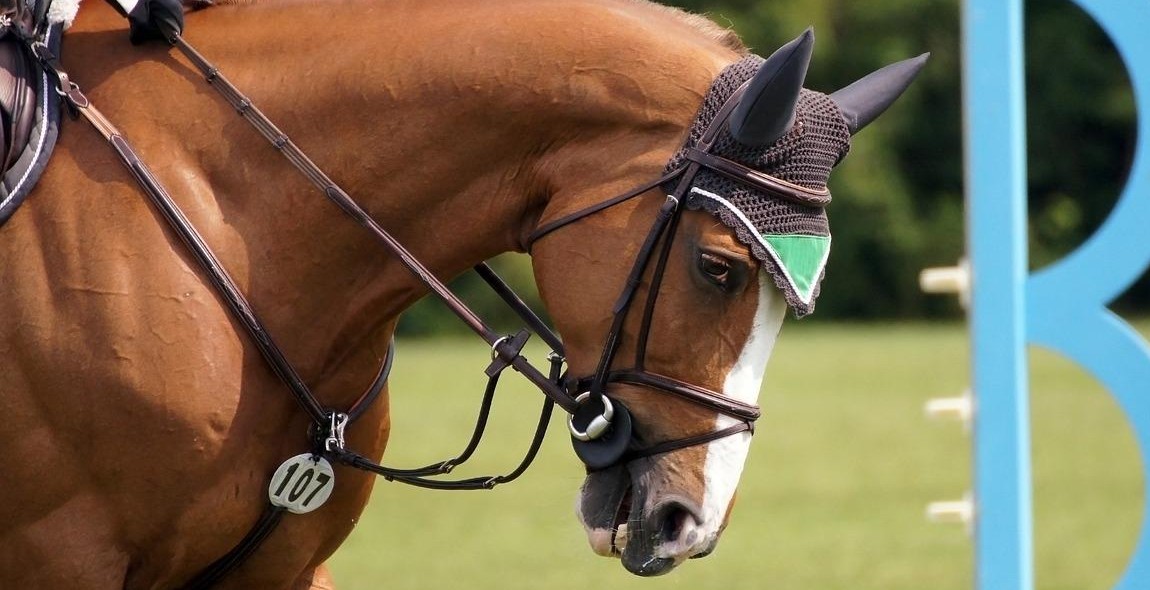How to Set Up a Horse Jumping Course: Step-by-Step Guide for Creating a Jumping Course
As an experienced equestrian and horse lover, I know how important it is to have a well-designed and properly set up jumping course. Whether you’re a beginner or an advanced rider, creating a jumping course can be a fun and challenging experience. However, setting up a course can be overwhelming, especially if you don’t know where to start.
Why Set Up a Jumping Course?
Setting up a jumping course is an essential part of horse training and can help improve your horse’s jumping skills. It also allows riders to practice and improve their technique and confidence. Moreover, it’s a great way to add variety to your horse’s training regime.
Step-by-Step Guide to Set Up a Jumping Course
In this article, I will provide you with a step-by-step guide to creating a jumping course. I will cover everything from selecting the right equipment to designing the course layout, and finally, setting up the obstacles. Whether you’re setting up a course for a competition or just for fun, this guide will help you create a safe and challenging course that both you and your horse will enjoy.
- Step 1: Select the Right Equipment
- Step 2: Choose the Right Location
- Step 3: Design the Course Layout
- Step 4: Set Up the Obstacles
- Step 5: Test and Adjust the Course
By following these steps, you can create a jumping course that is safe, challenging, and fun for both you and your horse. So, let’s get started!

Step 1: Choosing the Location
Setting up a horse jumping course requires careful planning and consideration, starting with choosing the right location. When selecting a location for your jumping course, there are two key factors to keep in mind: the space needed and the ground quality.
Consider the Space Needed
The first thing to consider when setting up a jumping course is the amount of space you will need. A standard jumping course typically requires at least 100′ x 200′ of flat, open space. This will allow you to set up a full course with a range of jumps, including lines, combinations, and related distances.
It is important to choose a location that is free from any obstructions, such as trees, rocks, or other obstacles. This will ensure that your horses have plenty of room to maneuver and jump safely. Additionally, make sure that the location you choose has adequate space for spectators, if necessary.
Assess the Ground Quality
The quality of the ground is another important factor to consider when choosing a location for your jumping course. The ground should be level and free from any holes or uneven spots that could pose a risk to your horse’s safety. Additionally, it is important to ensure that the ground is not too hard or too soft, as this can impact your horse’s footing and increase the risk of injury.
When assessing the ground quality, consider the type of soil and its drainage capabilities. Ideally, the ground should be well-draining to prevent water from pooling and creating slippery conditions. If you are unsure about the quality of the ground, consider consulting with a professional to assess the soil and provide recommendations for any necessary improvements.
By carefully considering the space needed and assessing the ground quality, you can choose a location that is safe and suitable for setting up a horse jumping course.

Step 2: Selecting the Equipment
Once you have determined the location for your horse jumping course, the next step is selecting the appropriate equipment. Here are some essential items you will need:
Jump Standards
Jump standards are vertical poles that hold up the rails of the jump. They come in different heights and can be adjusted to create different jump heights. When selecting jump standards, consider the height of your jumps and the size of your poles. It is also important to choose standards that are sturdy and durable to ensure the safety of the horse and rider.
Poles and Rails
Poles and rails are the horizontal elements of the jump. They come in different lengths and thicknesses, depending on the level of the rider and the complexity of the course. It is important to choose poles that are made of high-quality materials, such as wood or PVC, to ensure they can withstand the weight of the horse and rider.
Safety Cups
Safety cups are used to hold the poles in place on the jump standards. They are designed to release the pole if the horse hits it, which helps prevent injury to the horse and rider. When selecting safety cups, choose ones that are strong and secure to ensure the safety of the jump.
Fillers
Fillers are decorative items that are placed underneath or around the jump to add visual interest and challenge to the course. They can be made of a variety of materials, such as flowers, brush, or barrels. When selecting fillers, consider the level of the rider and the complexity of the course. It is also important to choose fillers that are safe and sturdy to ensure the safety of the horse and rider.
| Equipment | Description |
|---|---|
| Jump Standards | Vertical poles that hold up the rails of the jump |
| Poles and Rails | Horizontal elements of the jump |
| Safety Cups | Hold the poles in place on the jump standards and release if the horse hits it |
| Fillers | Decorative items that add visual interest and challenge to the course |
Once you have selected the appropriate equipment, it is time to start setting up your horse jumping course.
Step 3: Designing the Course
Designing a horse jumping course can be a creative process that requires careful planning and attention to detail. Here are some tips to help you design a course that is both challenging and enjoyable for you and your horse.
Plan Your Course on Paper
The first step in designing a horse jumping course is to plan it out on paper. This will help you to visualize the course and make any necessary adjustments before setting up the jumps. Start by drawing a rough sketch of the arena and then add in the jumps. Make sure to include the start and finish lines as well as any turns or straightaways.
Create a Flow
Once you have your course planned out, it’s important to create a flow that makes sense for both you and your horse. Think about the natural path that a horse would take through the course and try to design the jumps in a way that allows for a smooth and fluid ride. Avoid making sudden turns or placing jumps too close together.
Vary the Height and Width of the Jumps
One way to make a course more challenging is to vary the height and width of the jumps. This will require your horse to adjust its stride and make more precise jumps. Start with smaller jumps and gradually increase the height and width as you and your horse become more comfortable.
Add Fillers and Decorations
Finally, consider adding fillers and decorations to your jumps to make them more visually appealing. This can include flowers, cones, or even small jumps within jumps. Just make sure that any decorations are safe and won’t spook your horse.
| Tip: | When designing a course, it’s important to consider the experience level of both you and your horse. Don’t make the course too difficult if you’re just starting out or if your horse is inexperienced. |
|---|

Step 4: Setting Up the Course
Once you have chosen the location and gathered all the necessary equipment, it is time to set up the horse jumping course. Follow these steps to ensure a safe and enjoyable course for both you and your horse:
Prepare the Ground
Before you start setting up the course, make sure the ground is level and free of any rocks or debris. This will help prevent injury to your horse and ensure a smooth ride. If necessary, use a rake or other tool to level the ground and remove any obstacles.
Place the Standards
Next, place the standards (also known as jump cups or standards) in the desired locations. Make sure they are stable and secure. You can use cones or other markers to help guide you as you place the standards.
Lay Out the Poles and Rails
Once the standards are in place, it’s time to lay out the poles and rails. Start with the ground poles, which are placed on the ground between the standards. Then, add the vertical poles, which are placed in the jump cups on the standards. Finally, add the horizontal rails, which are placed on top of the vertical poles.
Add Fillers and Decorations
To make the course more challenging and visually appealing, you can add fillers and decorations. These can include flower boxes, gates, banners, and other obstacles. Make sure they are securely in place and won’t move or fall over during the course.
Test the Course
Before you start jumping, it’s important to test the course. Walk or trot through the course to make sure everything is in the right place and there are no hazards. Adjust anything that needs to be moved or fixed before you start jumping.
By following these steps, you can set up a safe and challenging horse jumping course for you and your horse to enjoy.

Conclusion
Setting up a horse jumping course can be a fun and rewarding experience. By following these step-by-step instructions, you can create a course that is not only challenging but also safe for both you and your horse. Remember to start small and gradually increase the difficulty as you and your horse become more comfortable with the jumps.
Make sure to choose the right materials for your jumps, set them up properly, and always prioritize safety. Don’t forget to incorporate different types of jumps to keep things interesting for both you and your horse. And, of course, always have fun!
Whether you are a beginner or an experienced rider, setting up a horse jumping course is a great way to improve your skills and bond with your horse. With a little bit of planning and preparation, you can create a course that will challenge and excite you and your equine partner for years to come.
- Start small and gradually increase the difficulty
- Choose the right materials for your jumps
- Set up your jumps properly and prioritize safety
- Incorporate different types of jumps to keep things interesting
- Have fun!
| Pros | Cons |
|---|---|
| Improves riding skills | Can be expensive |
| Fun and rewarding experience | Requires time and effort to set up |
| Bonds rider and horse | Requires space to set up |
